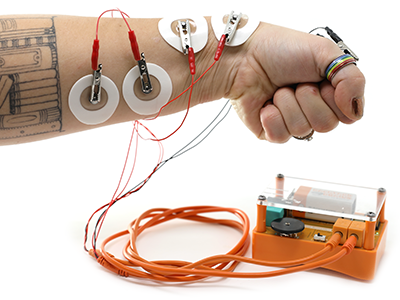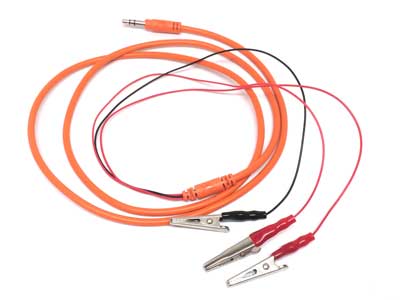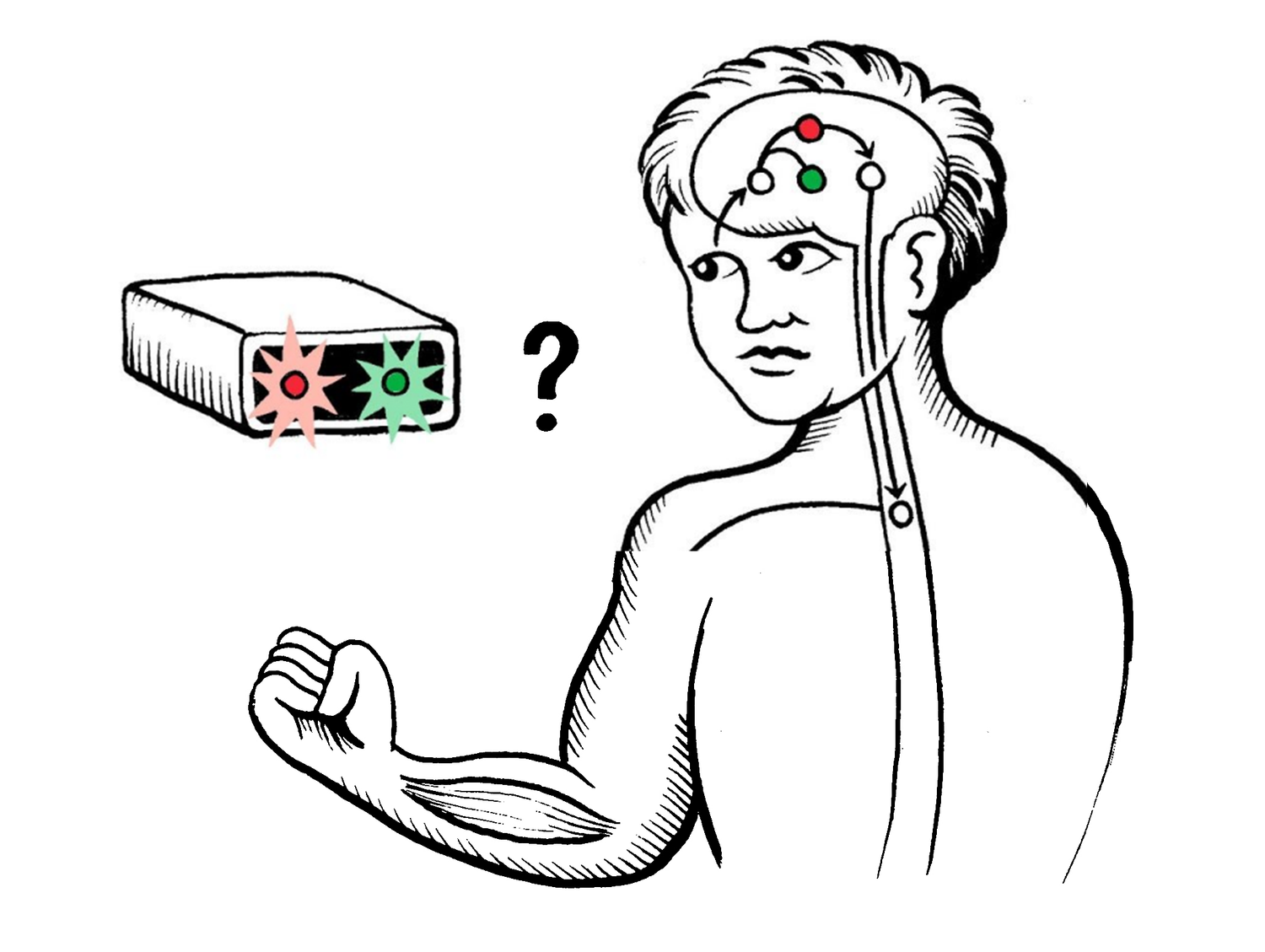
Clocking the Brain: Choice Reaction Time

Can you measure the speed of cognitive processes with just your muscles? We will find out! In this experiment we will measure how fast it takes you to make a decision!
About experiment
What Will You Learn?
- The difference between simple and choice reaction times.
- How adding a second stimulus affects reaction-time speed.
- How cognitive processing can be measured from motor responses.
- Data-analysis techniques by comparing results with the Visual-Motor Reaction Time experiment.
Background
We make decisions every day, yet they seem abstract and unmeasurable. You may think there is no scientific way to time a thought—but with a little math, it’s easy.
Be sure to complete the Visual-Motor Reaction Time experiment before attempting this test, as it provides the foundational skills you need and the data required for our calculations!
Experiment
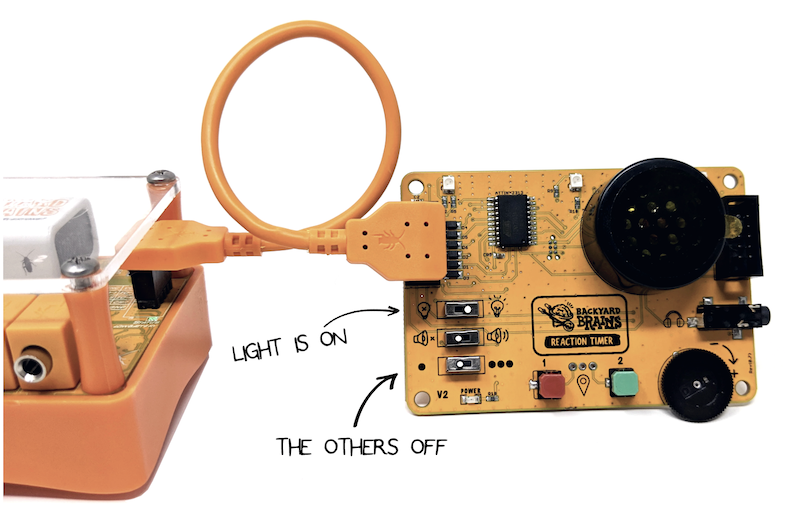
Setup
Connect the Human SpikerBox and Reaction Timer as before. Confirm that both the green and red buttons operate the green and red LEDs.
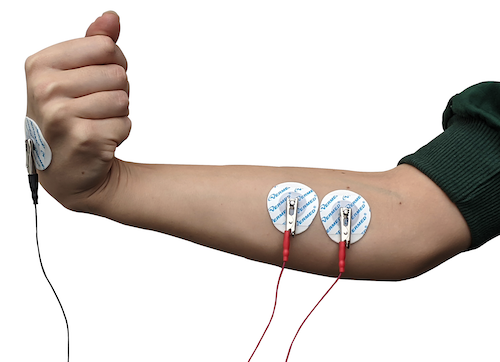
Electrode Placement & Software
Attach the electrodes to the subject(s) exactly as in the previous experiment, using the same arm for consistency.
Open the SpikeRecorder software and verify that inputs from both stimuli appear on-screen.
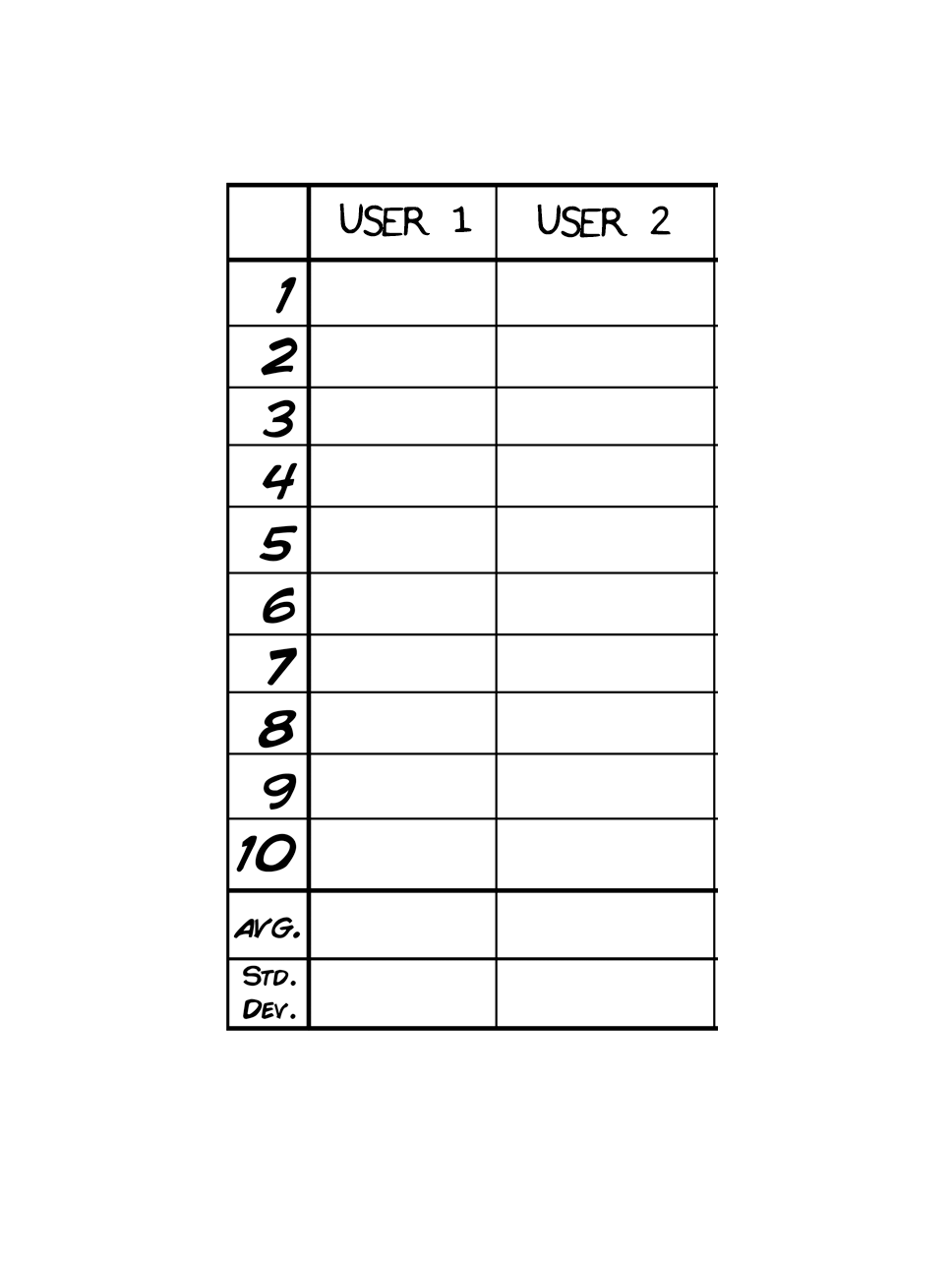
Run the Trial
You’re ready to test your Choice Reaction Time! The subjects—already familiar with the reaction task—must react only when the green LED lights up. Ignore the red! If the red LED lights, the subject must remain still.
The subject should flex their arm as quickly as possible for the green LED, just as before; that part is identical.
The experimenter will conduct 20–30 trials, 10 of which will use the green LED. Vary the timing and shuffle red LEDs randomly so the subject cannot predict when or which color will appear.
Record all reaction times in the SpikeRecorder App and note any incorrect responses.
Compare your data with classmates to see how adding a decision step affects speed.
Results & Analysis
Review and compare your reaction times for valid (green-LED) trials. Remove any false starts or misses, then analyze how the added decision step influenced speed. Compare these findings with your Visual-Motor Reaction Time results. How long do you think the decision process itself took?
What do you need?
-
Related Products


